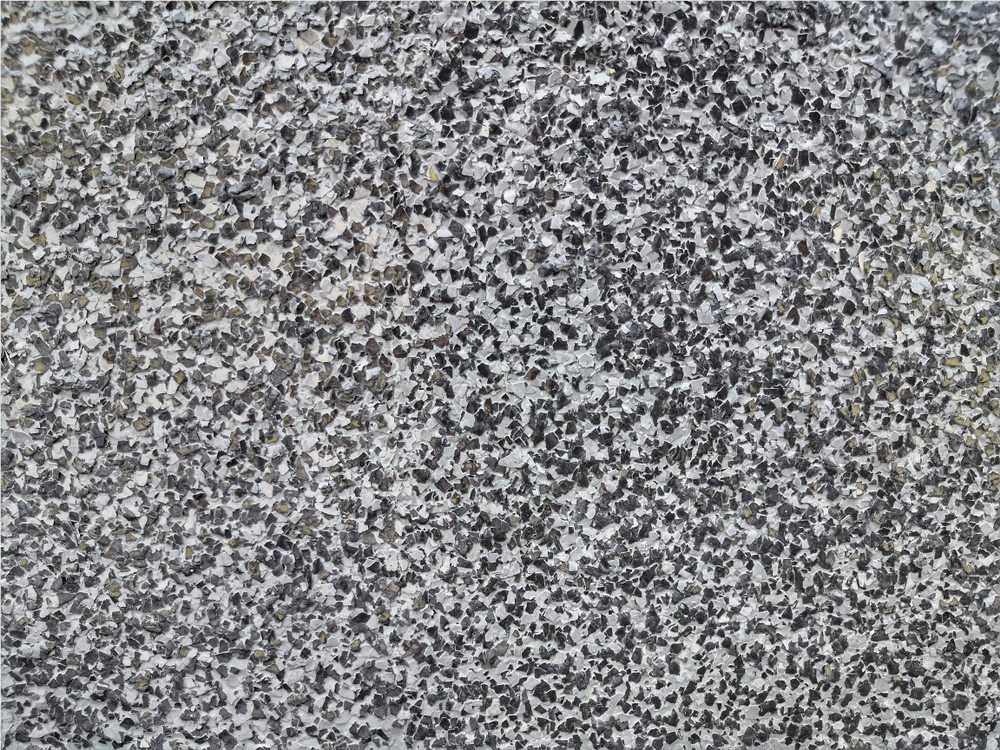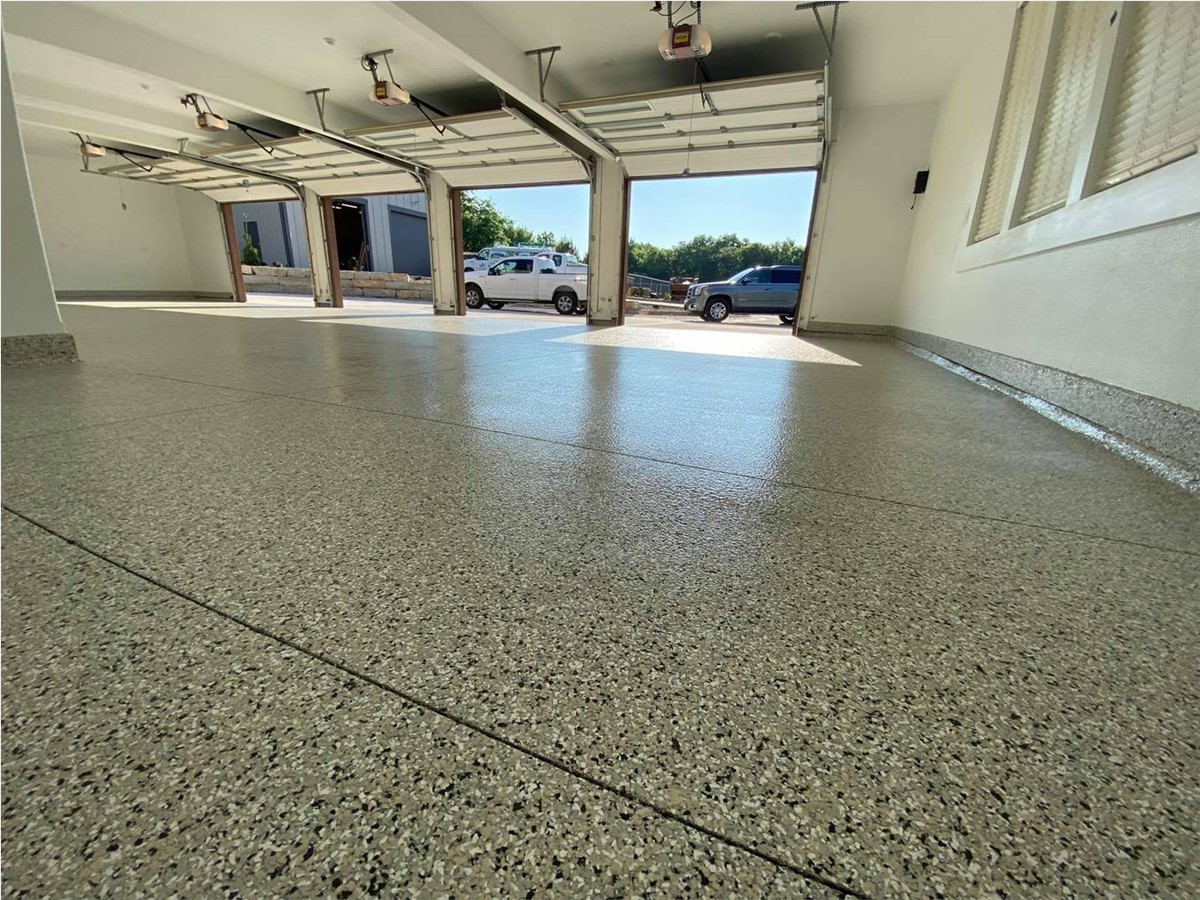
Concrete is durable, but even this hard flooring material has its limits. Temperature, salt, and heavy-duty use all take their toll on concrete surfaces used in garages, walkways, and patios. That is why many homeowners choose to invest in concrete coatings to prolong the durable life and aesthetic look of their concrete surfaces.
But what happens if you don’t opt for the additional concrete coating at the time of installation. Can you go back and coat damaged concrete at a later time? The simple answer is—yes! You can coat almost all damaged concrete surfaces with a little bit of prep work. And, you won’t even be able to tell when the work is finished.
How Epoxy Concrete Coatings Work
The great thing about using an epoxy coating is that it is self-leveling. This means that the chemical is poured as a thick liquid and settles based on where there is space available. This natural displacement makes the epoxy compound self-leveling. Then, over a period of several hours, the compound will harden into a durable finish that can withstand high impacts, abrasions, and heavy use without showing signs of wear.
Our Process
We have a streamlined process that makes for a fast and efficient refinishing of your concrete floors. The process starts by preparing your existing concrete floors using diamond grinders to create a smooth surface for the epoxy to adhere to. Next, we will fill damaged areas with products that are designed to fill or mend pits, cracks, and other types of surface damage.
Now that your floors are ready, we will begin applying with a self-priming polyurethane basecoat. Next, if applicable to your project, we will add chips or textures to your basecoat. This element is what creates stunning visual effects or enhanced safety effects in multi-tonal coated concrete floors. After curing the basecoat we go in and clean up any loose debris with scraping and vacuuming.
Finally, we top-coat with UV-stable polyurethane or epoxy to create a finished look with durable performance. And, best of all, you won’t see any yellowing or deterioration from sunlight exposure over time.
Types of Damage We Can Coat
When it comes to exterior sidewalk or patio damage, the viability of coating damaged concrete depends on the extent of the damage. Severely damaged concrete with large sections of exposed aggregate may be too far gone for a coating to hold up long-term. To start with, you need a smooth base for the epoxy or polyurethane to stick to. However, minor damages that are localized and typically caused by moisture pitting are a great candidate for coatings. With minor damage, there is still plenty of concrete intact to apply coatings to.
And when it comes to garage floors, these surfaces usually look a lot worse for wear than they truly are. Cracks, even large ones, can be repaired with an epoxy filler in the restoration process. And discolorations will be covered the coating product. Even minor pitting from salt or moisture that comes off of your car while it is parked in the garage can be mended and coatings applied.
The Takeaway on Coating Damaged Concrete Surfaces
In nearly all cases, it is possible to repair and coat damaged concrete surfaces. This is especially true for minor pitting or cracks. As concrete becomes significantly worn, the integrity of the material to provide a base becomes questionable. It is likely that you can still coat it, but even coatings may not hold up if there was a lot of exposed aggregate, to begin with. A trained concrete coating expert can always come to your home and assess your surfaces with an in-home consultation.
Etek is your top choice for custom concrete coatings and restoration coatings in the Kansas City area. Our team offers personalized service, free consultations, and competitive 15-year warranties. Call our office to learn more today.
Subscribe to Etek Custom Coatings's Blog





Comments